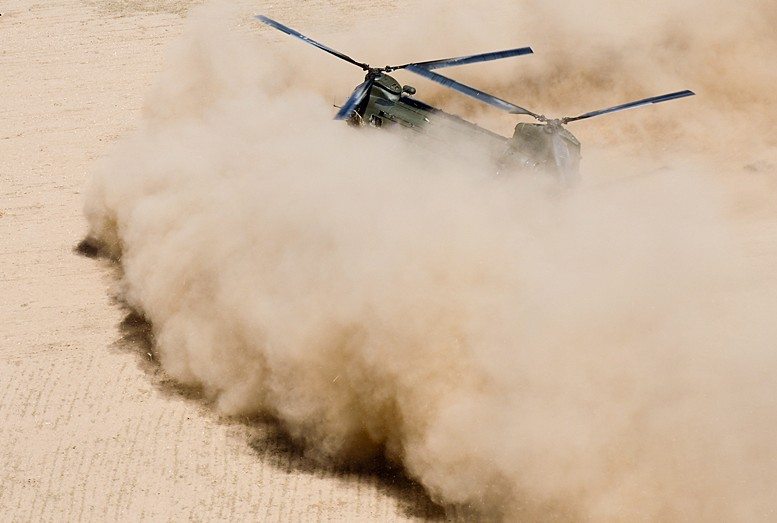Continuing wars and nation building activities in Iraq, Afghanistan, Libya and Yemen have generated significant demand for rotary-winged assets for their diverse mission capabilities. The 2010 Quadrennial Defense Review (QDR) lists success in counterinsurgency (COIN), stability, and counterterrorism operations as some of the United States’ defense objectives. This can only be achieved by increasing the availability of military helicopters.
New analysis from Frost & Sullivan, Analysis of the DoD Helicopter Market, finds that the helicopter segment will obtain $15.59 billion from the DoD’s 2013 budget with the Army forecasted to account for nearly half of this spending. The top 10 market competitors were responsible for a substantial 91.4 percent of market spending in 2011.
Testing unmanned rotary-winged platforms for resupply in Afghanistan, as well as for other dull, dangerous and dirty missions, will offer an estimate of the number of manned platforms needed for similar missions in the future. A greater focus on part of the U.S. Armed Forces on Asia Pacific will also enhance the need for maritime helicopters. Conventional combat operations will give way to more irregular warfare that involves no state enemy.
“DoD forces will become more involved with COIN and counterterrorism operations in tactical environments because well-funded, non-state actors will gain access to advanced technologies and capabilities,” said Frost & Sullivan Senior Industry Analyst Michael Blades. “In such a scenario, there will be a steady demand for rotary-winged aviation for the next several decades.”
The constant use of helicopters for combat and humanitarian operations is compelling the DoD to upgrade its existing fleet. There will be fewer ‘new start’ military helicopter projects due to an estimated $1 trillion spending cut over the next 10 years, as proposed by the Budget Control Act (BCA) of 2011.
If Congress does not decide on the programs that will be shrunk or cut by early 2013, the funding for every DoD program will be reduced by the same percentage through sequestration.
“If sequestration is avoided, $487 billion in program cuts will still be required during the next decade,” noted Blades. “These budget reductions will necessitate continuous remanufacturing and upgrading of current rotary-winged aircraft rather than purchasing new, technologically advanced platforms.”
The DoD must make a decision on platform replacement by the end of this decade to prevent a severe loss of U.S. combat mission capabilities.
In these difficult market conditions, helicopter manufacturers will do well to focus on affordable, miniaturized automatic flight-control systems, sense-and-avoid technologies, redundant sensor/control systems, total systems integration, communications solutions, and data-exploitation efficiencies.
Frost & Sullivan, the Growth Partnership Company, works in collaboration with clients to leverage visionary innovation that addresses the global challenges and related growth opportunities that will make or break today’s market participants.










